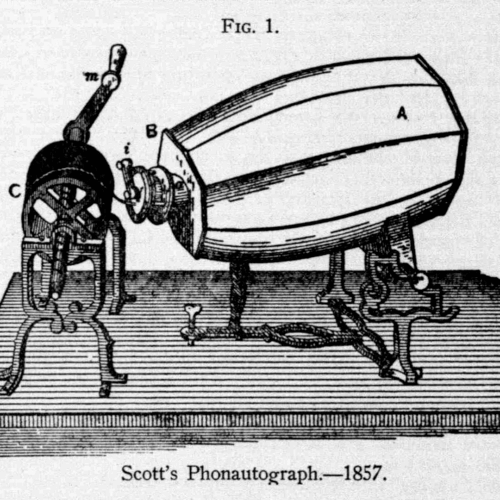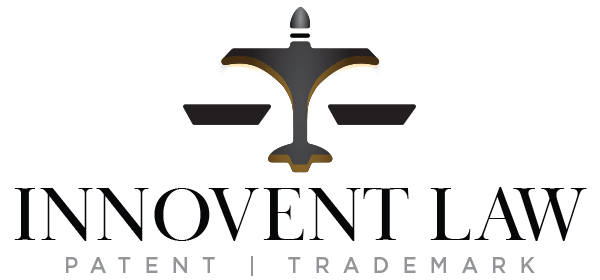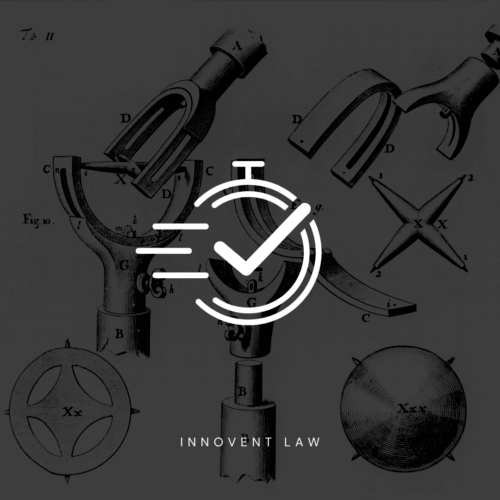How to Expedite Your Patents?
The patent application process can be daunting, especially for businesses aiming for agility in highly competitive markets. In this guide, we’ll explore how expedited examination can dramatically accelerate your patent journey, offering strategic advantages by bringing your inventions to market faster.
The Need for Speed in Patent Applications
As of the latest data in December 2012, the average pendency for a patent application at the U.S. Patent & Trademark Office (USPTO) was about 2.5 years. For dynamic industries where technology and consumer preferences evolve rapidly, such a delay can be detrimental. Thankfully, the USPTO offers several options to expedite the application process to navigate the waters more swiftly. However, it’s crucial to consult with a patent attorney to figure out the best path forward. Delays in patent application can stifle innovation and give competitors a critical edge, making expedited examination not just a luxury, but often a necessity.
Benefits of Expediting Your Patent Application
Accelerating the patent process can significantly impact your business strategy across various dimensions:
- Fundraising: With a solid patent portfolio, you demonstrate to investors a concrete IP strategy, enhancing your company’s valuation.
- Market Entry: Speed in securing patent grants allows for faster market entry, ensuring your innovations are protected as they reach consumers.
- Competitive Advantage: A patent grant solidifies your market position by preventing potential competitor from encroaching on your innovations or from entering the market at all.
- Licensing Opportunities: Holding issued patent grant improves your standing in negotiations and potentially leads to lucrative licensing deals.
- Enforcement Capabilities: The ability to enforce patent grants is contingent on their issuance; faster grants mean quicker enforcement actions against existing and future infringers.
Setbacks of Expedited Examination
While there are compelling reasons to expedite your patent application, consider these potential downsides:
- Increased Costs: Expedited programs often come with higher government fees, which can strain budgets.
- Concentrated Expenses: Legal fees are incurred more quickly than in a traditional examination process, requiring upfront financial commitment.
- Strategic Flexibility: The faster timeline might limit how much you can adapt your application based on evolving market needs or competitor activities.
- Operational Pressure: The need for quick decisions on amending patent application in response to expedited examination can burden your team, requiring efficient management and decision-making processes.

Speeding Up Utility Patent Applications
- Prioritized Examination (Track One): For a fee, this program aims to give a final disposition within twelve months of granting the request. It’s suitable for inventions that require urgent protection.
- Petition to Make Special: This option is cost-free but requires meeting specific criteria such as age or health condition. It’s less predictable but can be an essential avenue for eligible applicants.
Track One: Detailed Look
Track One prioritizes your patent application, promising swift movement through the examination process. Here’s what it entails:
- Cost Efficiency: The fees are considerable but can be a worthy investment for securing a quick market entry.
- Simplicity: The application process is streamlined, involving fewer documents and simpler procedures.
- Cap: Only 10,000 applications are accepted per year, so timing your submission is crucial.
Speeding Up Design Patent Applications
Design patents, protecting the ornamental design of objects, also benefit from expedited options like the “Rocket Docket.” This program can reduce the wait time for a first office action to just a few months, a substantial decrease from the standard timeline.
- Rocket Docket offers design applicants an expedited path to examination. Rocket Docket affords the applicant rapid design patent protection that may be especially important where marketplace conditions are such that new designs on articles are typically in vogue for limited periods of time. All processing is expedited–including appeals–from the date the request is granted.
Petition to Make Special: This option is cost-free but requires meeting specific criteria such as age or health condition. It’s less predictable but can be an essential avenue for eligible applicants.
Last but not least!
The expedited patent process can be complex, involving intricate decisions about which path to take and how to manage the accelerated timeline. Engaging an experienced patent attorney can help ensure that your application is not only processed swiftly but also well crafted to withstand future legal challenges.
Expediting your patent application can offer significant strategic benefits, from faster market entry to improved competitive position. However, it requires careful planning and consideration of both the benefits and potential drawbacks. With the right legal expertise and strategic approach, you can effectively leverage expedited examination to enhance your business’s innovation pipeline and market competitiveness.


